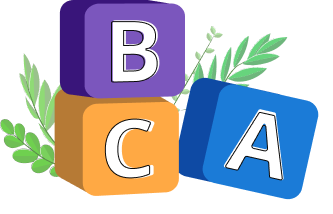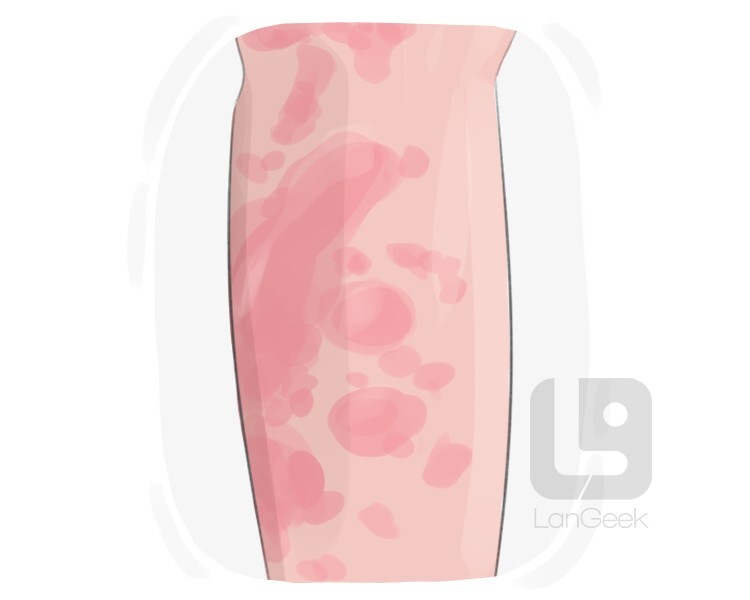
a part of one's skin covered with red spots, which is usually caused by a sickness or an allergic reaction

an injury on the skin that appears as a dark mark, caused by a blow involving the rupture of vessels underneath
A bruise is a mark on the skin caused by injury, where blood vessels underneath the skin break and leak blood into the surrounding tissue. Typically, bruises appear as discolored patches ranging from blue and purple to yellow or green as they heal. They are often tender to the touch but usually fade away over time as the body reabsorbs the leaked blood and repairs the damaged tissue.
a swollen area under the skin, usually caused by a sickness or injury

a small red circle on someone's skin that is raised, particularly on their face
Grammatical Information:

an area of bruised skin surrounding the eye caused by a blow or injury
Grammatical Information:

to own or hold possession of an object, quality, or status
Grammatical Information:

a condition when you feel pain in the throat, usually caused by bacteria or viruses
Grammatical Information:

a condition characterized by a body temperature above the normal range, often indicating an immune response to infection or illness within the body

the pressure at which one's blood circulates one's body
Grammatical Information:

any discomfort or pressure felt in the chest area, that can be because of heart issues, digestive problems, or muscle strain
Chest pain refers to any discomfort, pressure, or pain felt in the chest area, which includes the front of the chest and beneath the ribs. It can range from mild to intense and may be caused by various factors, including heart problems, digestive issues, lung conditions, muscle strain, anxiety, or other underlying health conditions. Chest pain can feel like a sharp, stabbing sensation, a dull ache, or a tightness or pressure in the chest. It is important to seek medical attention quickly if experiencing chest pain, especially if it is intense or accompanied by other symptoms like shortness of breath, dizziness, nausea, or sweating, as it could indicate a serious medical emergency.
Grammatical Information:
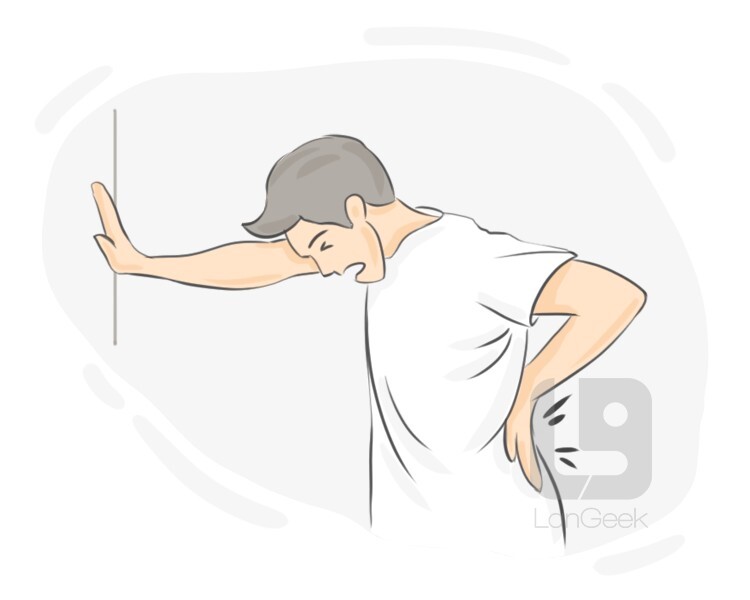
a pain in someone's back
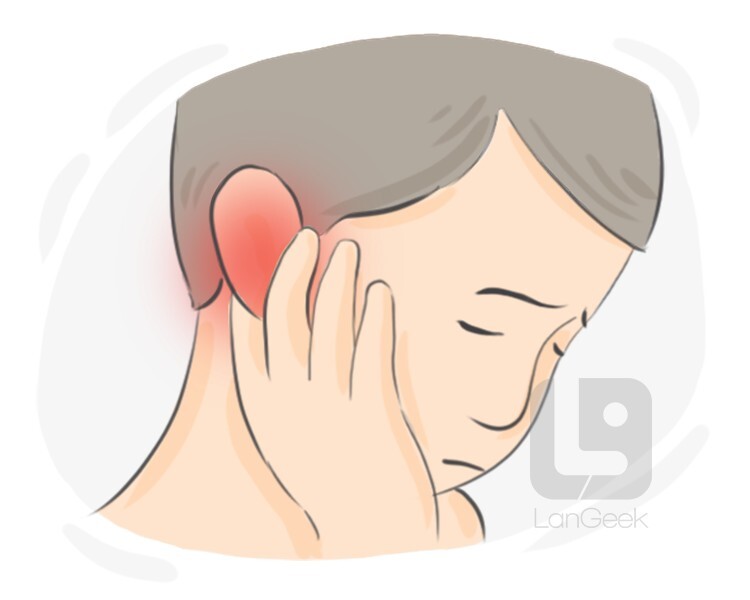
a pain inside the ear
An earache typically refers to pain or discomfort experienced within the ear canal or the external ear. Common causes of earaches include ear infections, which can be either bacterial or viral and often result in inflammation and fluid buildup in the middle ear. Another frequent cause is the buildup of earwax, which can cause blockages and pressure on the eardrum. Additionally, injuries to the ear, such as from inserting objects into the ear canal or sudden changes in air pressure, like during air travel, can lead to ear pain. Sinus infections and dental problems can also cause earaches because of pain that moves from one area to another. Treatment depends on the underlying cause but often involves pain relief and addressing the root issue, such as with antibiotics for infections or ear drops for wax buildup.
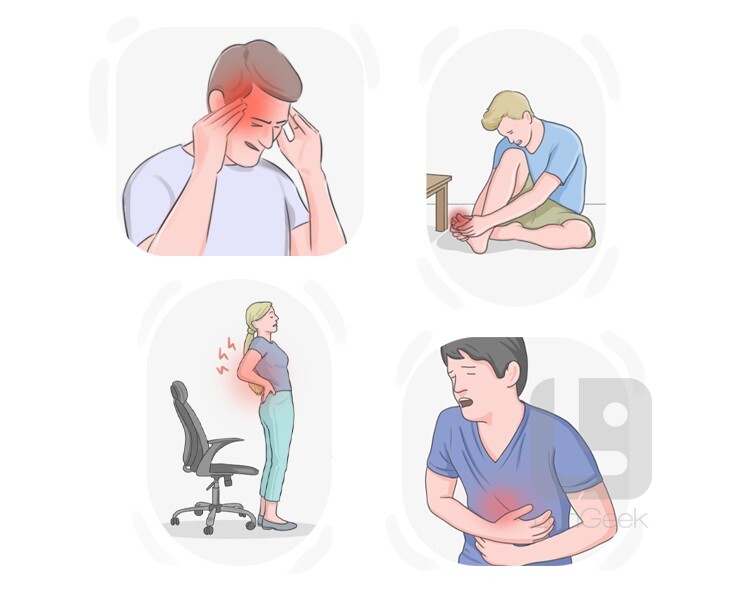
the unpleasant feeling caused by an illness or injury
a medical condition in which body waste turns to liquid and comes out frequently
Diarrhea is a common condition where a person passes loose or watery stools more frequently than usual. It can be caused by various factors, including viral or bacterial infections, food poisoning, dietary changes, medications, or underlying medical conditions like irritable bowel syndrome (IBS). Symptoms of diarrhea may include frequent bowel movements, abdominal cramps, bloating, nausea, and sometimes fever. Treatment typically involves staying hydrated by drinking plenty of fluids, consuming bland foods, and avoiding foods and drinks that can worsen diarrhea, such as caffeine and dairy products. In some cases, over-the-counter medications may help ease symptoms. However, if diarrhea persists for more than a few days, or is accompanied by severe symptoms like dehydration, blood in the stool, or high fever, it is important to seek medical attention.
the state that precedes vomiting
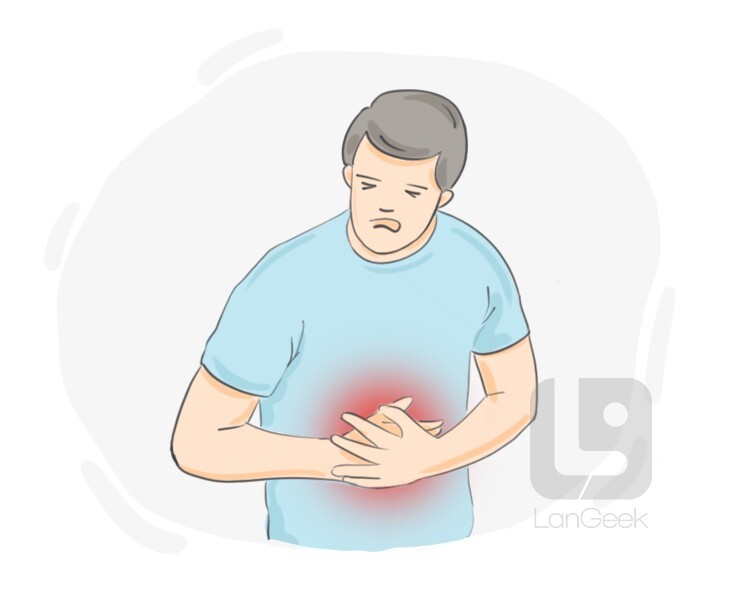
inability to digest food that leads to recurrent pain or discomfort in one's upper abdomen

pain and redness of the skin caused by overexposure to the sun
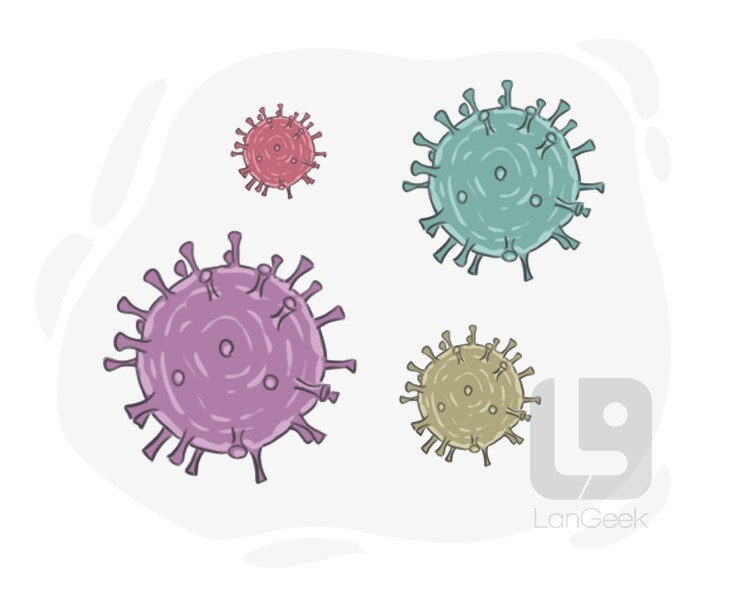
a microscopic agent that causes disease in people, animals, and plants

to feel a prolonged physical pain in a part of one's body, especially one that is not severe
Grammatical Information:

to scratch or rub the skin in response to an itching sensation
Grammatical Information:

to move or jerk quickly and involuntarily, often due to fear, excitement, or physical weakness
Grammatical Information:

to slightly shake as a result of feeling cold, scared, etc.

to feel pain in a part of the body
Grammatical Information:

to recover from an unpleasant or unhappy experience, particularly an illness
Grammatical Information:

having nausea and wanting to vomit
unable to breathe easily

unable to keep one's balance and feeling as though everything is circling around one, caused by an illness or looking down from a high place
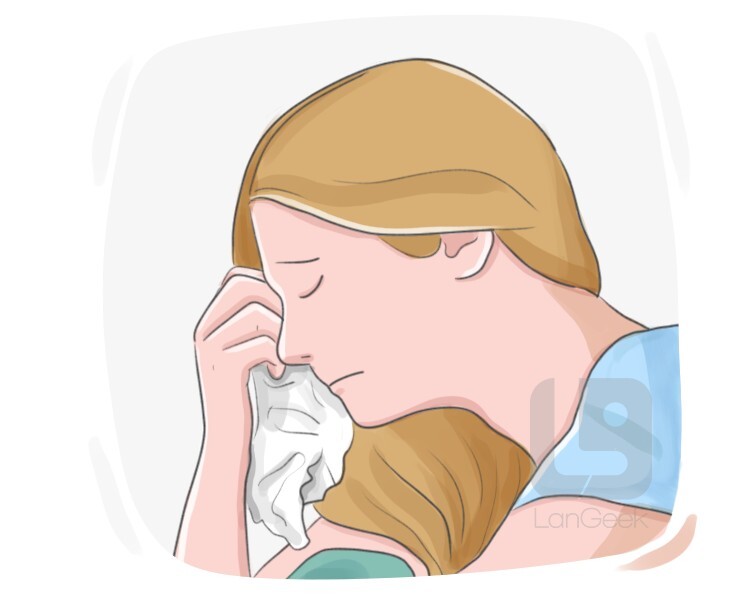
feeling very unhappy and having no hope
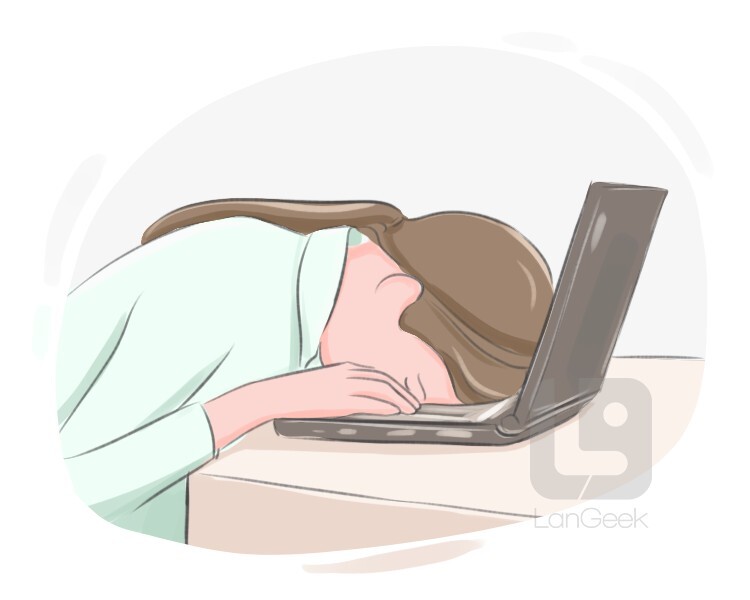
feeling extremely tired physically or mentally, often due to a lack of sleep
suffering severe physical strain or distress
to temporarily or permanently be unable to speak or make vocal sounds due to a medical condition, strain, or illness
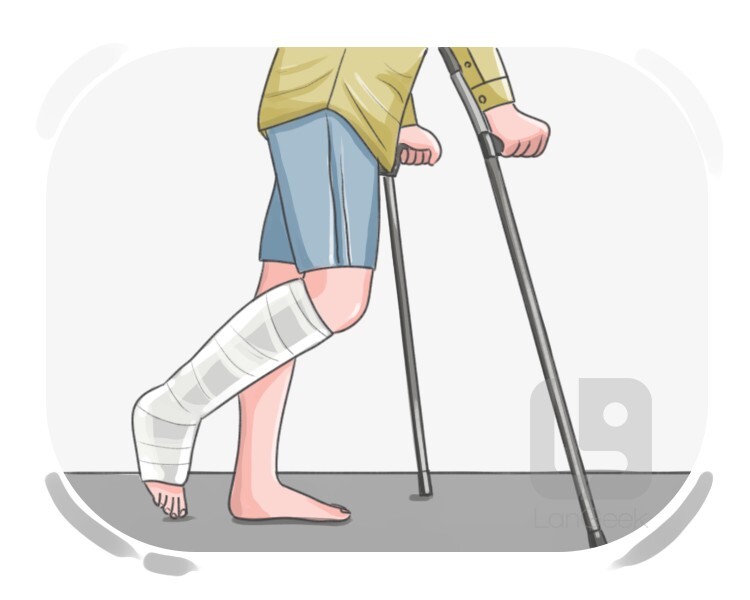
to cause a crack and a separation in one of the bones of the body
Grammatical Information:

(of a joint) injured by the overstretching or tearing of the tissue
to suddenly cause a bone to move out of its normal position

to get infected by a disease or virus
Grammatical Information:

to have an illness or disease
Grammatical Information:
a dangerous condition in which a person loses consciousness as a result of a blood vessel breaking open or becoming blocked in their brain, which could kill or paralyze a part of their body
A stroke occurs when part of the brain does not receive enough oxygen and nutrients because the blood supply is cut off or reduced. This can happen because of a blockage in an artery, known as an ischemic stroke, or the bursting of a blood vessel, known as a hemorrhagic stroke. Symptoms of a stroke include sudden numbness or weakness in the face, arm, or leg, especially on one side of the body, difficulty speaking or understanding speech, confusion, trouble walking, dizziness, and an intense headache. Immediate medical attention is critical for treating a stroke, as early treatment can minimize brain damage and improve outcomes. Treatment may involve medications, procedures to remove blood clots, and rehabilitation to regain lost functions.
as much as a teaspoon will hold
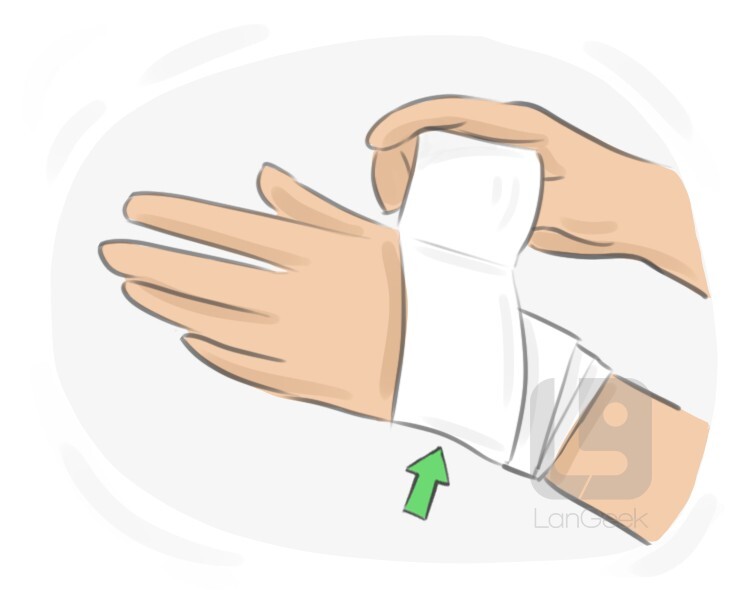
a piece of cloth that is put around a wound to prevent infections
A bandage is a piece of material, often cloth or gauze, used to wrap around a wound or injured part of the body. Its main purpose is to protect the wound from dirt, bacteria, and more injuries, while also applying gentle pressure to control bleeding and encourage healing. Bandages come in various sizes and types, including stretchy bandages for supporting sprains. Proper application of a bandage is important to make sure it stays in place and provides effective wound care.

the action of putting a drug into a person's body using a syringe
An injection is a method of delivering medication or fluids into the body using a needle and syringe. It can be given into different areas, such as a muscle, vein, or under the skin, depending on the type of medication and its intended effect. Injections are used for vaccines, pain relief, hormones, and other treatments that need to be given directly into the bloodstream or tissues.

a medical process in which a part of body is cut open to repair or remove a damaged organ
An operation is a medical procedure where a surgeon cuts into the body to treat a disease, injury, or other health condition. Operations can be done to remove tumors, repair broken bones, or perform transplants, among other things. They are usually performed in hospitals or surgical centers and can vary in complexity from minor procedures to major surgeries.
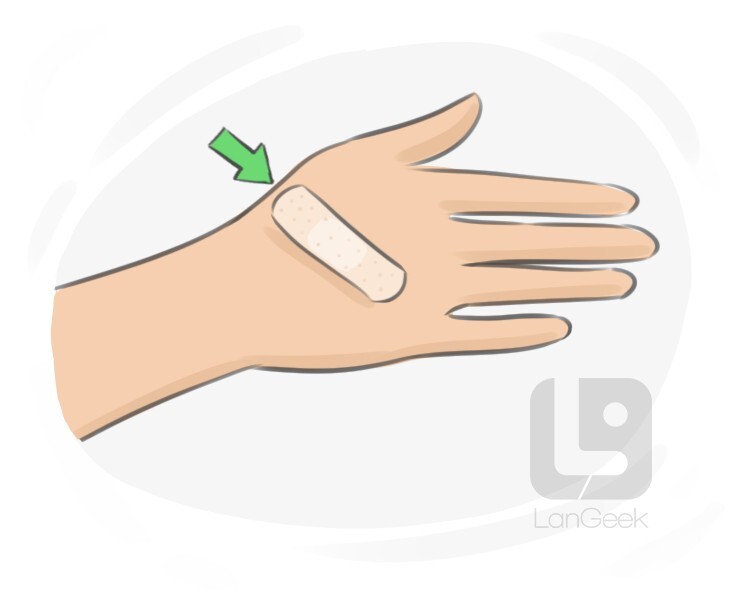
a small medical dressing that one can stick over a wound or cut in order to keep it clean and protect it
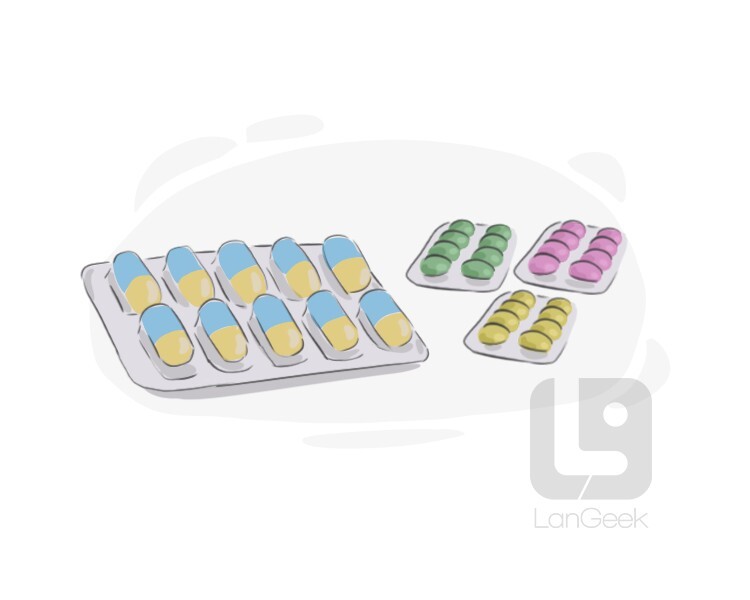
a small round piece of medicine, containing an active drug and excipients, that should usually be swallowed
A tablet is a solid dosage form of medication that contains one or more active ingredients. Tablets typically come in various shapes, such as round, oval, or oblong, and they may or may not be marked with a line for splitting. They are designed to be swallowed whole and dissolve in the stomach, releasing the medication for absorption into the bloodstream. Tablets are commonly used to deliver a wide range of medications, including pain relievers, antibiotics, vitamins, and treatments for chronic conditions like hypertension or diabetes.
Congratulations! !
You learned 43 words from undefined. To improve learning and review vocabulary, start practicing.
Review
Flashcards
Spelling
Quiz
